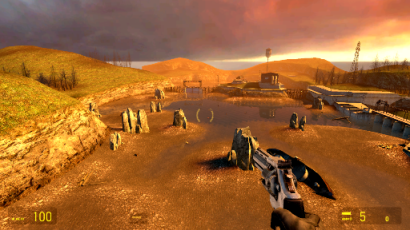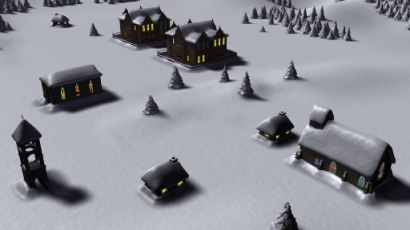Wave-Based Sound Propagation in Large Open Scenes
using an
Equivalent Source Formulation
Ravish Mehra
Nikunj Raghuvanshi
Lakulish Antani
Anish Chandak
Sean Curtis
Dinesh Manocha
University of North Carolina at Chapel Hill

| 
|
Abstract
We present a novel approach for wave-based sound propagation suitable for large, open spaces spanning hundreds of meters, with a small memory footprint. The scene is decomposed into disjoint rigid objects. The free-field acoustic behavior of each object is captured by a compact per-object transfer-function relating the amplitudes of a set of incoming equivalent sources to outgoing equivalent sources. Pairwise acoustic interactions between objects are computed analytically, yielding compact inter-object transfer functions. The global sound field accounting for all orders of interaction is computed using these transfer functions. The runtime system uses fast summation over the outgoing equivalent source amplitudes for all objects to auralize the sound field at a moving listener in real-time.We demonstrate realistic acoustic effects such as diffraction, low-passed sound behind obstructions, focusing, scattering, high-order reflections, and echoes, on a variety of scenes.
Ravish Mehra, Nikunj Raghuvanshi, Lakulish Antani, Anish Chandak, Sean Curtis, and Dinesh Manocha. Wave-Based Sound Propagation in Large Open Scenes using an Equivalent Source Formulation
Preprint (PDF, 6.0 MB), (in ACM Trans. on Graphics, 2013)
Acknowledgement
We thank Keith Wilson and Sergey Vecherin from ERDC-CRREL-NH for providing us their valuable feedback. This work is supported by Army Research Office, Intel, and National Science Foundation.